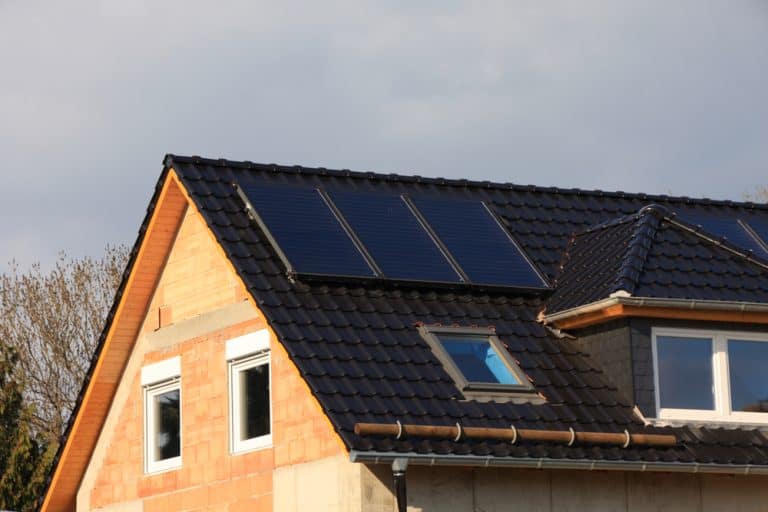The Ideal Location for Solar Panels

Although the geographical area of a solar installation plays a part in how much sunlight solar panels receive, many locations around the world receive less sun but still thrive in the solar industry.
Peak sun hours only account for a fraction of the time solar arrays capture sunlight. Although these hours yield the most solar energy, they do not account for all the light the sun provides.
The Part Roof Pitch and Shade Play in Solar Panel Orientation
The pitch of the home plays a part in solar panel orientation. The term pitch means the angle of the roof. The number of inches the roof rises for every 12 inches it extends horizontally determines the pitch. Homes with steep or flat roofs require extra effort. A rooftop with a pitch within standard design and installation procedures doesn’t require special equipment, making it easier and cheaper to install: Yes, having a boring, non-haphazard roof can play to your financial benefit!
Effect of Tilt Angle on Solar Panel Output
The perfect roof pitch for solar panels equals the latitude of the location of the installation. However, if this angle isn’t possible, pitch angles between 30 and 45 degrees will work. Having solar panels at the perfect angle increases the production of the solar array. For this reason, flat-roofed homes are ideal.
Flat Roofs and Ballasted Solar Panels
Homes with flat roofs need different mounting systems. Ballasted mounts often hold solar panels in place on flat roofs. However, they also provide flexibility for solar panel tilt. These mounts have racking set at the perfect angle for the latitude of the home. Cement blocks hold these in place.
The Best Direction for Solar Panels to Face
Since the sun rises in the east and sets in the west, solar panels do best when they face south. South-facing solar panels always face the sun, which means they never have a shadow cast on them. Although south-facing solar modules provide the best results, east and west-facing solar panels also produce a sizable amount of energy. Since objects facing the north have more shade, solar panel placement should never go on the northside of a roof.
The Effect of Shade on Solar Panels
A tree in the wrong spot can cause module production problems. Solar panels need as much sun as possible. Objects like chimneys, trees, and adjacent buildings casting a shadow over the ideal locations for installation make the installation more difficult.
Best Roof Shape for Solar Panels
The shape of a house plays a significant role in whether solar will work. The ideal shape of a home for residential solar includes a roof with large amounts of space facing east, west, or south. Some homes have lots of room, but it mostly faces north or has objects that take up or shade the area. Other roofs have space spread across several angles, making it difficult to wire a string of solar panels.
Available Space Matters
An average residential solar panel measures 65 by 39 inches, which equals approximately 17.5 square feet for one solar panel. An average roof has about 3,000 square feet of space. If nothing shades the home, all the pitches meet solar panel tolerances, and no portion of the roof faces north, a typical roof could hold up to 171 solar panels. However, at least one of these factors often takes place, reducing the solar potential of the rooftop.
Best Roof Style for Solar Panels
Many roofing styles exist out there. Some roofs have super steep pitches, making it hard to install solar panels. Other homes face south, meaning solar panels function best on the front. However, the pitch and direction of the home don’t comprise everything that goes into a roof’s solar viability. Different types of shingles can also make installing solar difficult.
Common Roof Types for Solar Installations
Common rooftop shingles include asphalt, tile, wood, shake, slate, composite, rubber, copper, and metal. Some options, like shake and wood, require extra care, but it’s possible. The age of the roof also matters in the securing of the mounting and racking of the solar modules once installed.
Given the difficulties associated with installing on different roof types, some companies will not install solar panels on certain roofs. E.g., Go Solar Group will not install solar panels on tile with a pitch over 9/12, Decra, or clay roofs for that reason.
If the shingles need replacing, waiting until the roof gets replaced will cost less. Homes that don’t have a roof yet or need re-shingling often make good candidates for solar shingles or in-roof solar installations.



Send a Message
Oops! We could not locate your form.